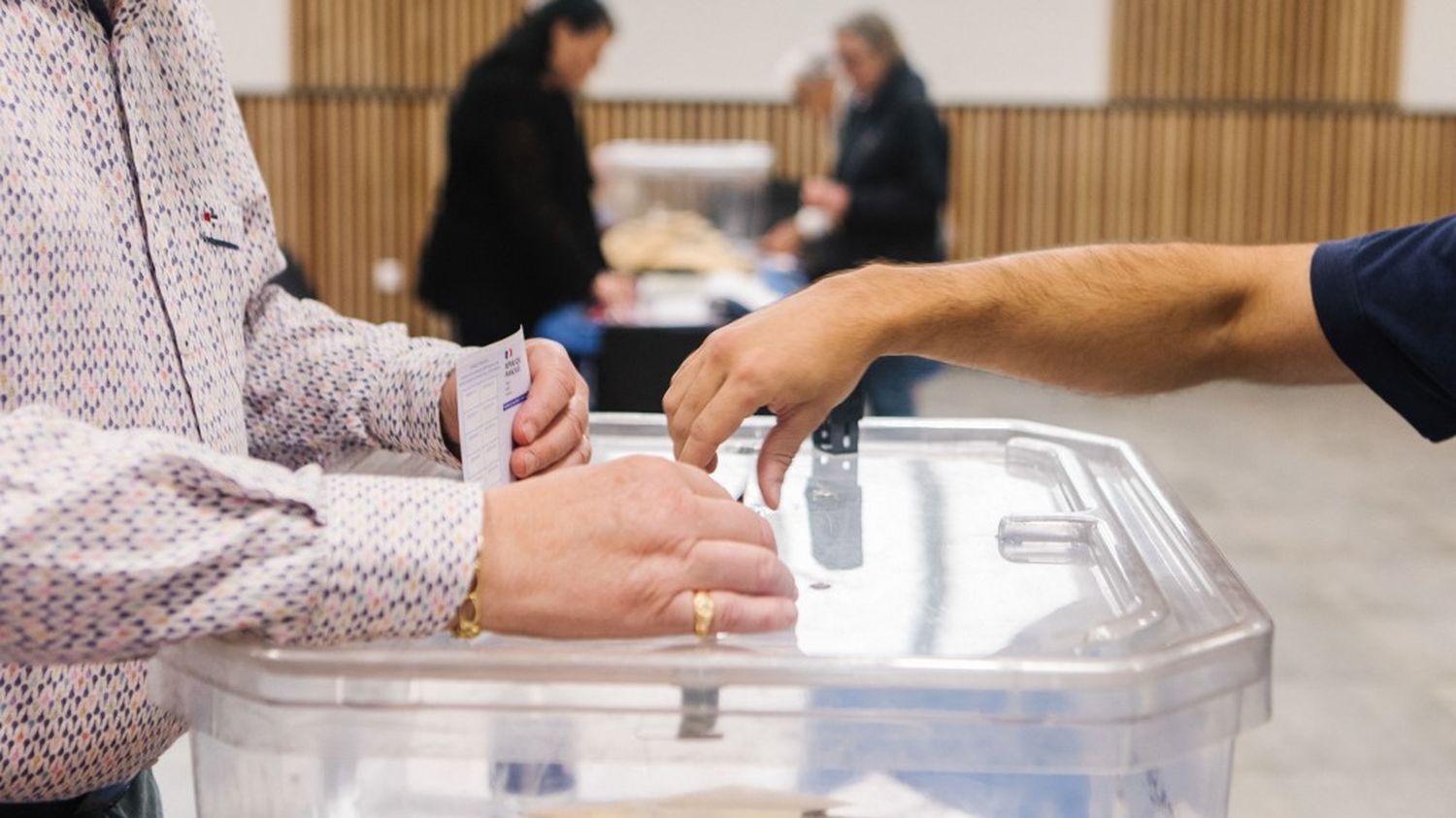Based on the results of the European elections, the National Rally ranks first in 313 legislative constituencies, compared to 256 for the “new Popular Front”.
Published
Reading time: 2 min

“We are ready to exercise power if the French trust us“, declared Marine Le Pen on Sunday June 9, after the announcement by the President of the Republic of the dissolution of the National Assembly and the holding of legislative elections on June 30 and July 7. Coming well ahead of the European elections with 31.5% of the votes, the National Rally hopes to transform the test and acquire an absolute majority in the National Assembly. To do this, it will need to count on at least 289 deputies.
Data published Tuesday June 11 by the Ministry of the Interior makes it possible to model the results of the European elections on the network of constituencies used for the legislative elections.
According to this data, the RN came first in 313 constituencies out of 577. It is in the north of France that the far-right party achieves its highest scores. In Marine Le Pen’s stronghold, Pas-de-Calais, he came first in all constituencies and even exceeded the 45% mark in nine out of 12 constituencies.
The “new Popular Front”, whose score we calculated by adding the votes of the Socialist Party, the Ecologists, La France insoumise and the Communist Party, would have come first in 256 constituencies. It is particularly present in historically left-wing territories, such as Brittany. In Ile-de-France too, the left-wing parties came first almost everywhere. They are notably supported by La France insoumise, which is very well established in large metropolises, such as Paris, and popular suburbs, such as Seine-Saint-Denis or Val-de-Marne.
Outside of these territories, when the “new Popular Front” arrives in pole position, it is often neck and neck with the far right. In the first constituency of Aveyron, for example, he won 28% of the votes in the European elections, just ahead of Jordan Bardella’s list (27.5%).
The party of the presidential majority only came out on top in seven constituencies: six overseas and one in Paris. With the exception of the constituency of Saint-Martin and Saint-Barthélémy, where it narrowly beat the RN, the list led by Valérie Hayer often came out in the lead by quite a margin. In the first constituency of Polynesia, the candidate of the presidential camp won 44.7% of the votes and clearly distanced the list of Jordan Bardella, who came in second position with 18.9% of the votes.
The Republicans are also struggling. The party only came out on top in the European elections in the 14th Parisian constituency, where it won 25.2% of the vote, closely followed by Renaissance and its 24.9%.
However, coming first in the European elections does not necessarily mean that the party will win the constituency during the legislative elections. It is in fact a two-round ballot, where all candidates chosen by more than 12.5% of those registered (and not the votes cast) can participate in the second round. The voting mechanics, local anchoring and issues therefore differ between European and legislative elections. In addition, the game of alliances in the first, then in the second round, could clearly reshape the landscape of the political forces present between now and July 7.
